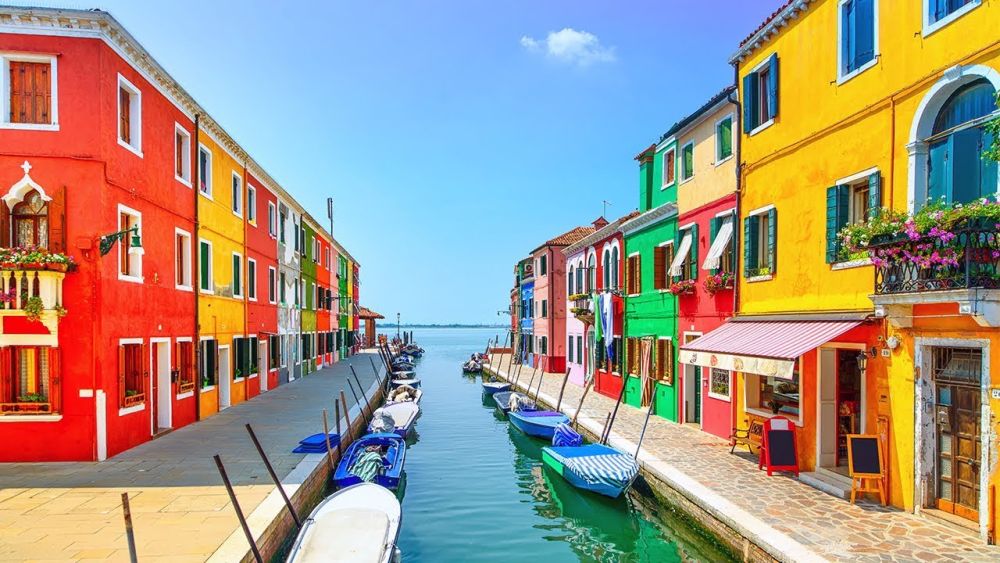

Murano Island is a series of islands linked by bridges in the Venetian Lagoon, northern Italy. It lies about 1.5 kilometers north of Venice and is famous for its glass making, particularly lampworking. Murano is often referred to as the "Island of Glass," a moniker it has held since the late 13th century.
The history of tourism in Murano is intrinsically linked to its glassmaking heritage. The craft of glass making was moved from Venice to Murano in 1291 to reduce the risk of fires from the glassmakers' furnaces spreading onto the largely wooden structures of overpopulated Venice. Murano then became the center of glassmaking excellence, with its artisans creating pieces that were and still are coveted across the world.
The island became a tourist attraction in its own right as visitors to Venice ventured across the water to witness the fabulous glass-blowing workshops and to purchase the exquisite glassware. By the 18th century, Murano was a resort for Venice's patricians, and its glass art was its main attraction.
In the 20th century, Murano responded to the influx of tourists by creating museums and showcasing live demonstrations. The Murano Glass Museum, in the Palazzo Giustinian, opened in 1951, is one of the prime tourist destinations on the island, tracing the history of glassmaking over the centuries. Visitors tend to flock to the island not only for its glass but also for its peaceful charm, contrasting with the bustle of Venice.
Today, Murano continues to thrive on tourism centered around glassmaking. The island's artisans have adapted to current trends by incorporating modern designs and technology into their creations. There has also been a push for sustainable tourism, with initiatives to support the traditional craft and reduce the environmental impact of the industry. Experiential visits, including glass-blowing classes and workshops, allow tourists to engage with the local culture more intimately, embodying the latest trends in travel of personalized and interactive experiences.
However, the island faces challenges such as over-tourism and the counterfeit glass market, which can impact the authenticity and exclusivity of Murano glassware. The local artisans and the Venetian government have taken steps to certify authentic Murano glass products and promote responsible tourism practices to preserve the unique character and craftsmanship of this historic island.